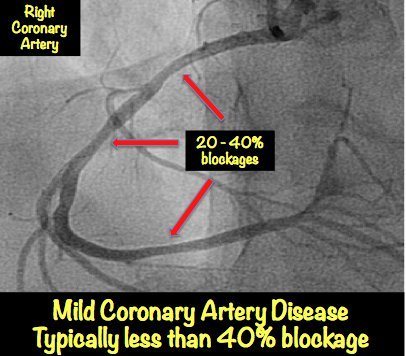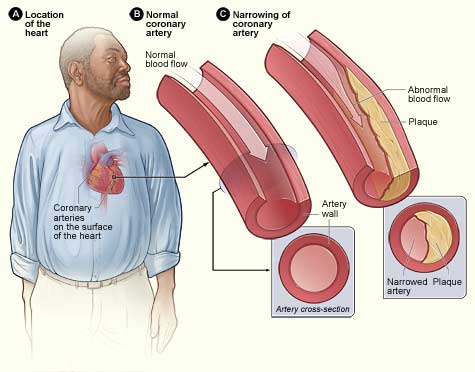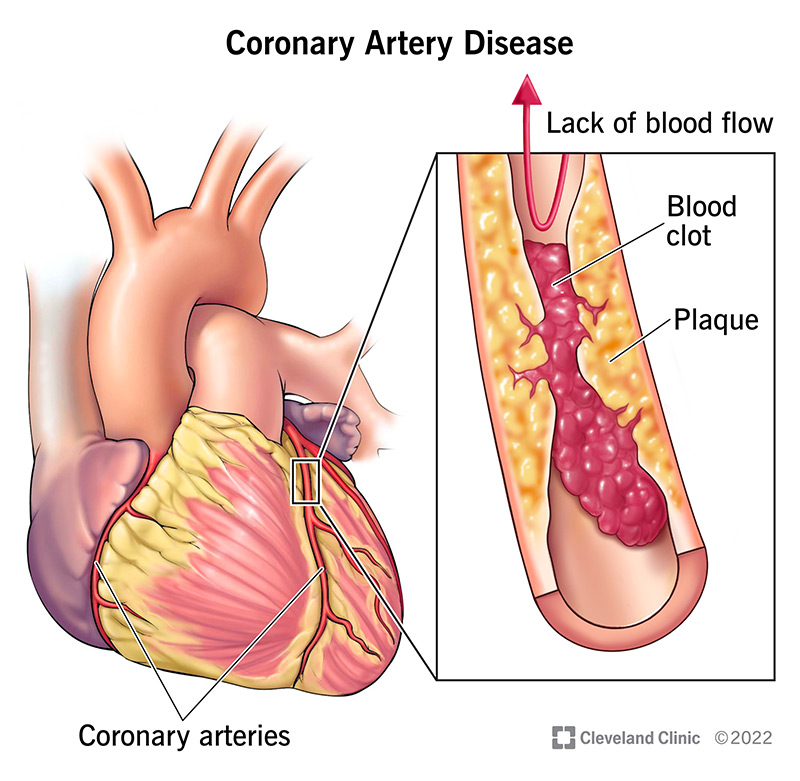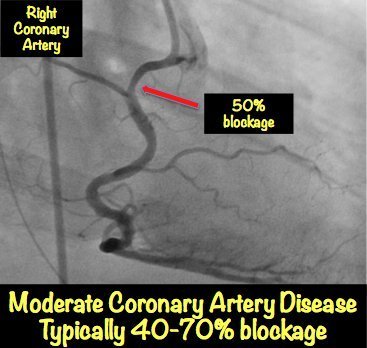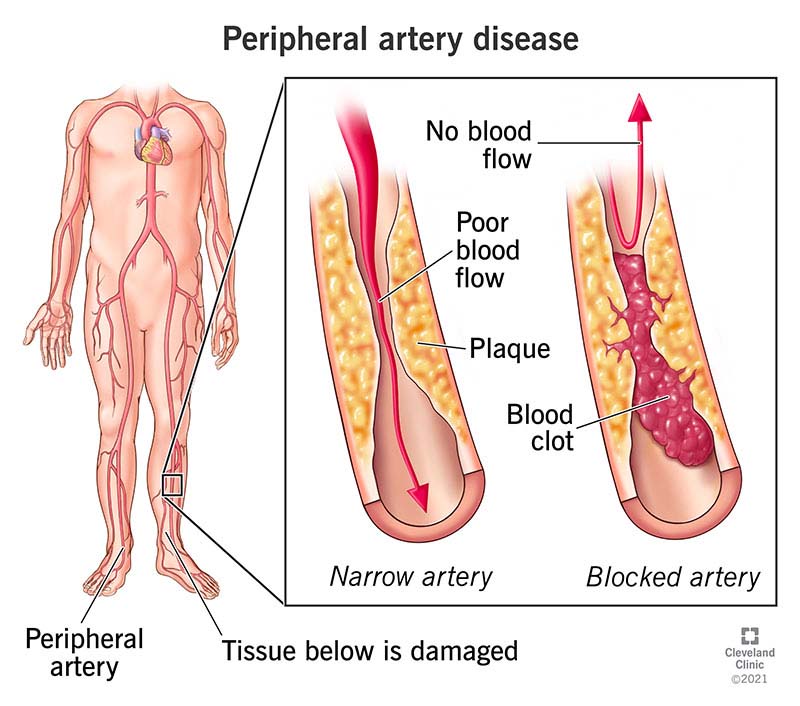Ideal Info About How To Check For Clogged Arteries
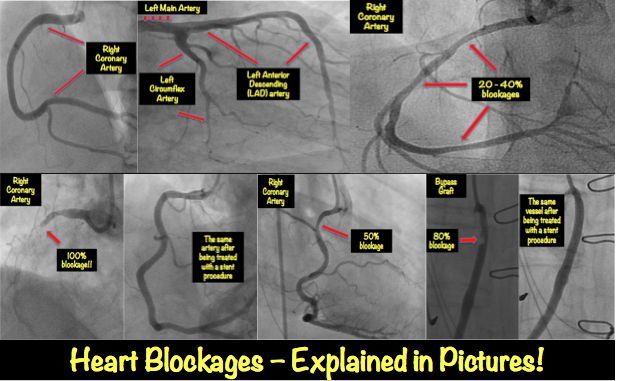
Prior to the test, a contrast dye is injected into the arm to make the arteries more visible.
How to check for clogged arteries. 7 cardiac catheterization, in which your doctor puts a very small, flexible, hollow tube called a catheter into a blood. Your feet hold clues to clogged arteries. Blood tests are usually done to check blood sugar and cholesterol levels.
Ultrasound nuclear scans like muga. High levels of blood sugar and cholesterol raise the risk of atherosclerosis. A reduced amount of flow to the lower back is usually from blocked arteries.
Arterial plaque can reduce blood flow or, in some instances, block it altogether. Sudden hot flashes and episodes of sweating could be a sign of clogged arteries. Tests for blocked arteries in your heart.
Clogged or blocked arteries can stop fresh blood from reaching parts of the body, which can put a person at risk of a heart attack, heart failure, or stroke. This test is done to check blood flow in your coronary arteries. Peripheral artery disease (pad) is a buildup of cholesterol and plaque in the arteries that lead to your extremities.
It can show the size and location of narrowed or blocked sections of an artery. The warning signs of clogged arteries of the heart are chest tightness, chest pain, or trouble breathing, especially with physical exertion. Clogged arteries result from a buildup of a substance called plaque on the inner walls of the arteries.
If you’re experiencing symptoms that could be linked to coronary artery disease or your doctor thinks that you might be at risk, then. Understanding what is happening to your body.before a heart attack happens your body can tell you. Healthline notes sweating is often accompanied by other.
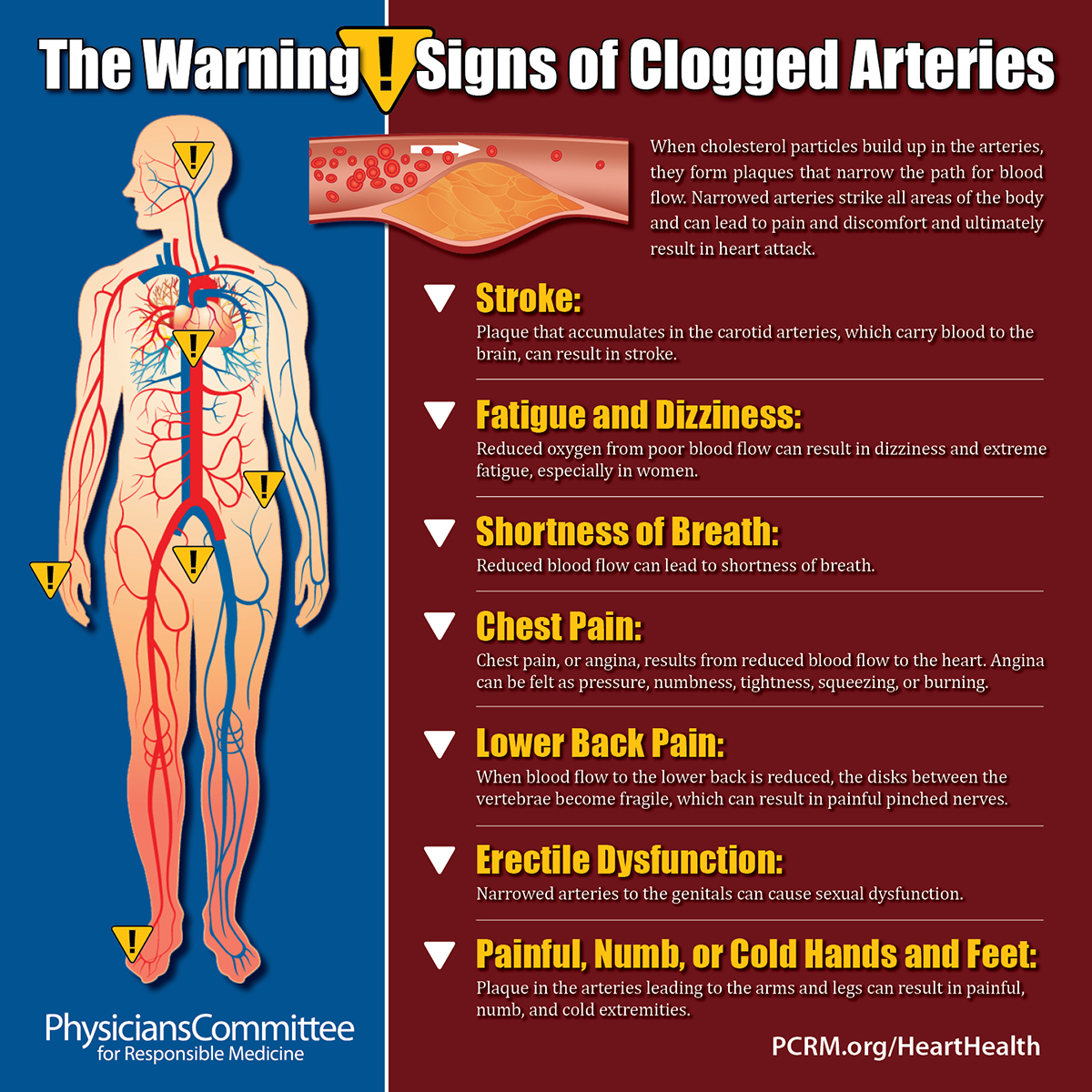
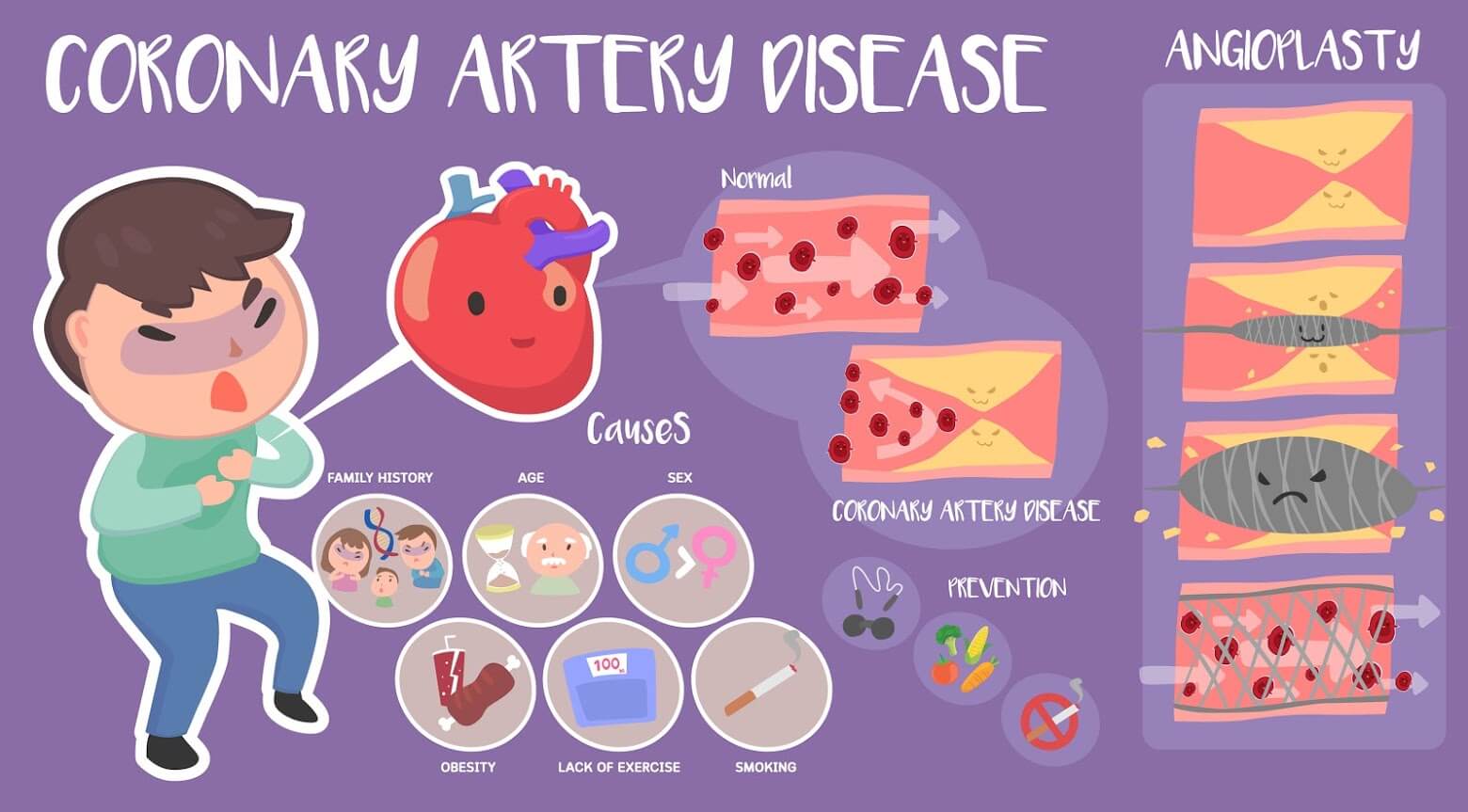
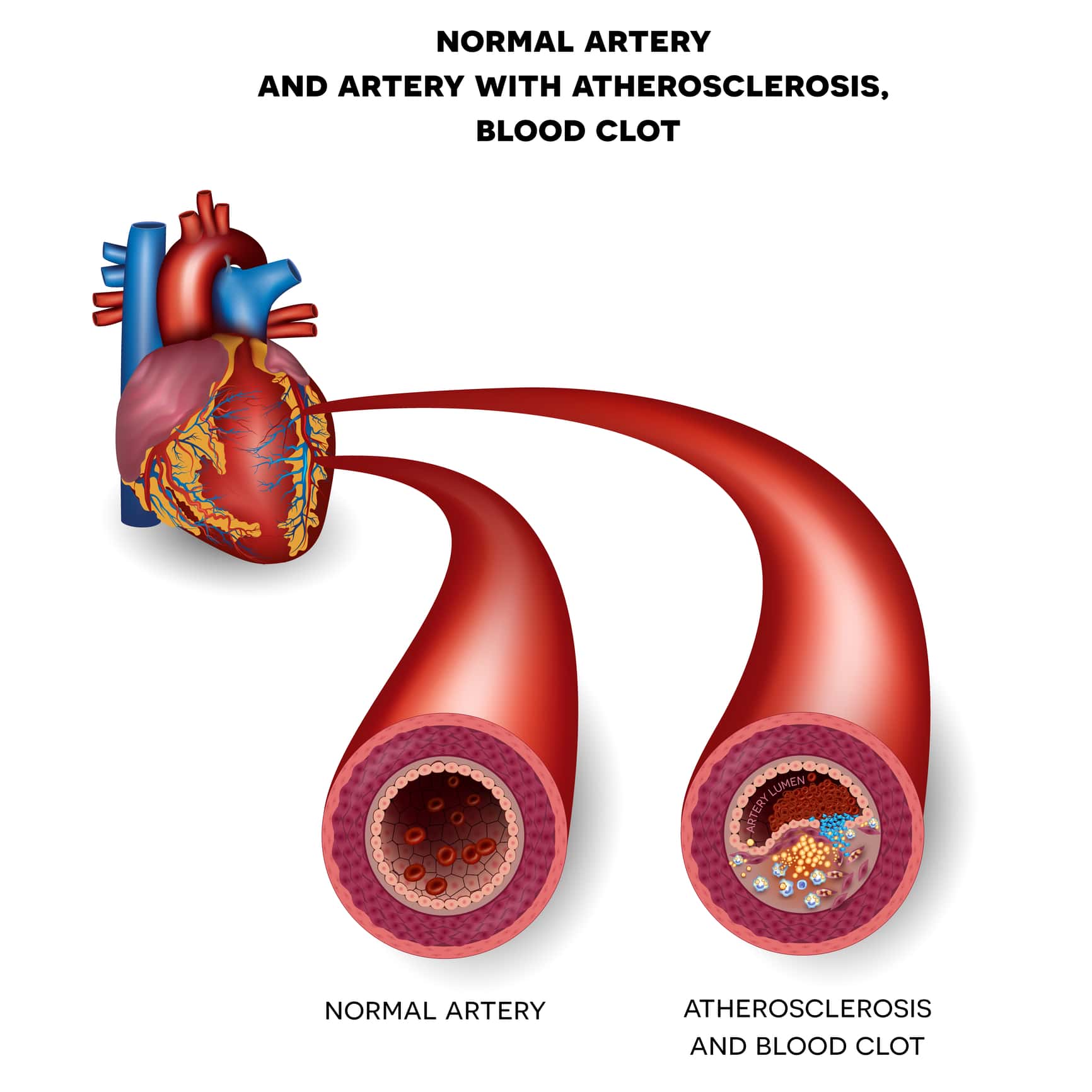

/VWH_Illustration_Risk-Factors-for-Clogged-Arteries_Illustrator_Theresa-Chiechi_Final-f4b2eeee15dd489cb1f50c421aefe8b8.jpg)

